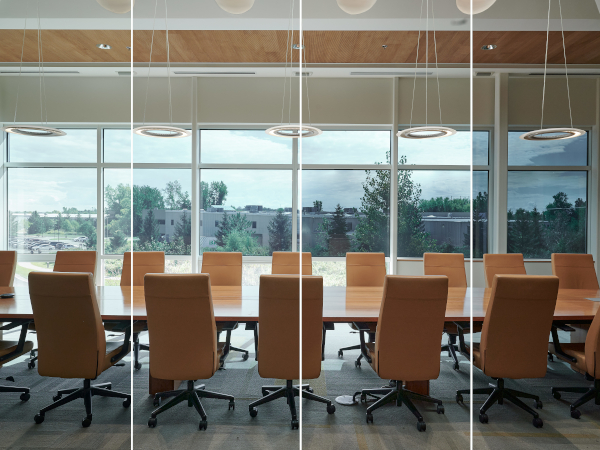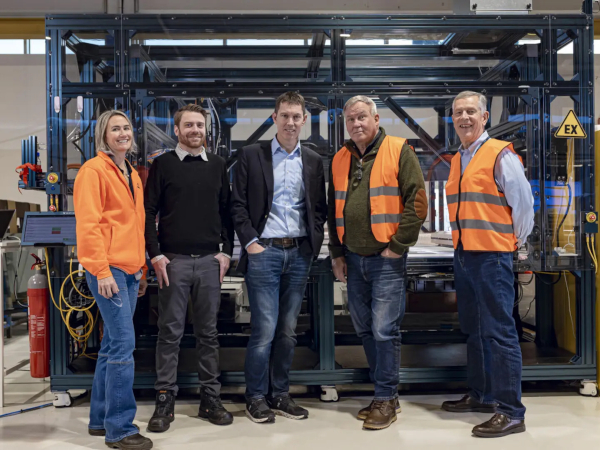Date: 23 December 2015
And, the greatest potential for growth in the electrochromic industry is in smart windows, which should surge from a currently $40 million industry to a $500 million industry by 2019.It’s safe to say that the outlook for the industry is bright in the year ahead and beyond. Here at SageGlass we took a look at the drivers of the strong trajectory and the latest design trends impacting the market.
1. Greater Adoption of Electrochromic Glass
The adoption of electrochromic glass has accelerated in recent years. And, we believe this acceleration will increase in the New Year as more installations serve as proof points for architects and building designers. It’s common for architects to be risk-averse to new building technologies – they’ve been utilizing traditional glass and glazing for many, many years. And, it can be difficult to break old design habits. However, we’re seeing that the growing number of reference point projects are helping to ease concerns around adopting electrochromic glass. Architects are now able to experience the solar control capabilities, occupant benefits and the “wow” factor of electrochromic glass first-hand at projects across the globe.
At SageGlass, we’ve seen an increase in the size of our own installations. We recently announced that 50,000 square feet of SageGlass will be installed at 3.0 University Place, a new LEED V4 Platinum Class A commercial office building in Philadelphia. This project will be the largest installation of electrochromic glass to date.
2. Expansion into a More Diverse Portfolio
Electrochromic glass is present in a wide variety of buildings, but is mainly concentrated in higher education and healthcare facilities as well as commercial office space. Electrochromic glass will continue to expand in these sectors. However, we believe the electrochromic glass industry will become more diverse and expand further into the retail market, including hospitality venues and restaurants. There is also significant potential for electrochromic glass in transportation-related structures such as weigh stations and airports, and we predict that dynamic glass will have the potential to create a positive impact in overseas markets where sun glare and extreme heat are pressing issues.
It’s also true that dynamic glass is typically most valued in owner-occupied buildings where owners can experience the full benefits of electrochromic glass, and the positive impact it has on occupants. As the price of electrochromic glass gradually comes down, we believe developers will focus less on the up-front costs and more on the long-term ROI on energy savings and occupant wellbeing.
3. Greater Focus on Occupant-Centric Design
There is a heightened sense of social responsibility to support an energy efficient lifestyle. Developing sustainable buildings isn’t just the right thing to do – it’s an absolute must in today’s world. And, in the coming years we’re anticipating a greater shift to creating buildings that benefit the environment and building occupants. This is where electrochromic glass comes into the equation. Electrochromic glass allows architects to design an occupant-centric building that offers unobstructed outdoor views while dramatically reducing energy demand.
Alienation from nature does not need to be an inevitable consequence of modern life. As this notion becomes more prevalent, the adoption rate of electrochromic glass will continue to increase.










Add new comment